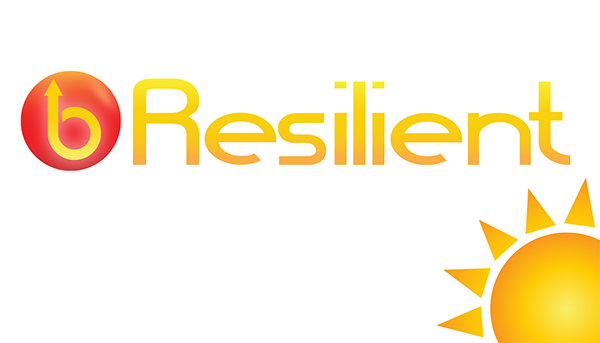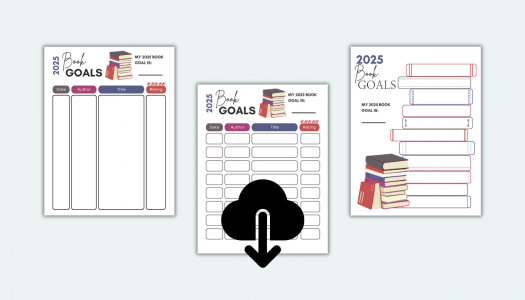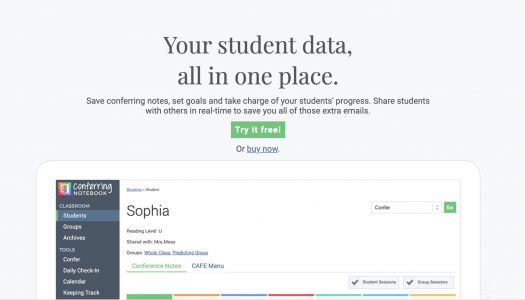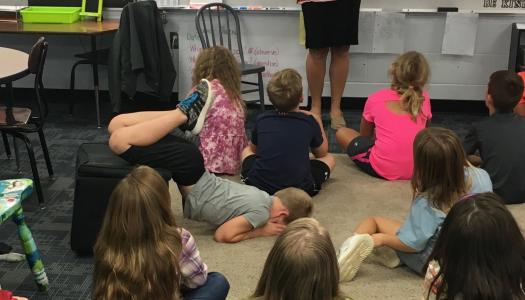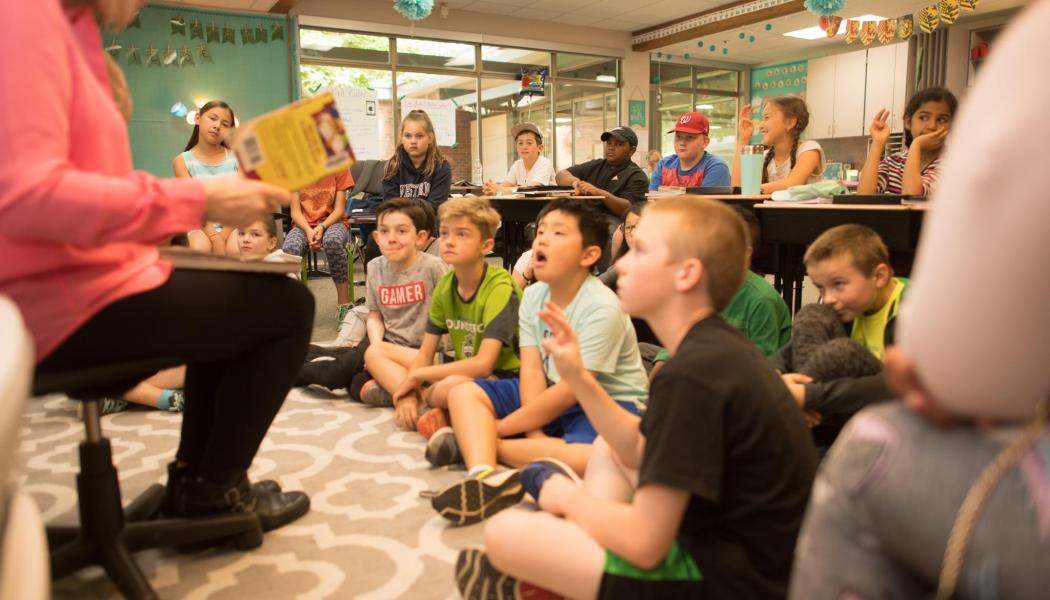
Lori Sabo
“What is your teacher reading to your class?” I posed this question to a young girl I met over our winter break.
“Nothing!” she said incredulously. “I’m in third grade!”
“Well, how about your librarian. Does she read to you?”
“No,” she replied, again in that distinctive tone. “Do you think I’m in kindergarten?”
If you have been here very long, you know that I place a high value on read-alouds in every grade. Hearing that no adults are reading to this third grader on a regular basis, or at all, caused my heart to audibly crack . . . Okay, that is an exaggeration, but you get the idea.
So, I am begging us to not let the ever-increasing demands placed upon us crowd this activity out of our days. The benefits are just too important.
Reading aloud will . . .
promote a love of reading.
I have hooked more “I don’t like reading” students on books through joyful, hilarious, suspenseful, moving read-alouds than through any other activity.
increase listening comprehension and skills.
A child’s listening comprehension is higher than their reading level (I don’t think it catches up until seventh or eighth grade), so a read-aloud provides access to books students can fully enjoy, even though they can’t read them independently yet.
expand vocabulary.
An enthusiastic love of new words will benefit students in both speaking and writing. Additionally, once they’ve heard you pronounce words like ennui correctly (on page 3 of The Miraculous Journey of Edward Tulane by Kate DiCamillo), they will be much more likely to pronounce them correctly when they meet them in print themselves.
build background knowledge.
The more we know about a subject, the easier it is to read about it, understand it, and remember the information. A read-aloud helps build background knowledge that benefits everyone, especially our students who are learning English.
develop classroom community.
A shared book is like a field trip that helps knit us together. It almost never fails after reading Lilly’s Purple Plastic Purse by Kevin Henkes that the rest of the year is sprinkled with “Wow, that’s just about all I can say—wow” when we are impressed by one another’s thoughts, work, and art.
make us feel powerful.
You’ll probably never feel more powerful than you will when you stop reading a chapter book at an especially suspenseful moment and hear the astonished cries and begging to keep going a little longer.
As we stride into 2023, let’s commit to setting aside at least 6–10 minutes a day to read to students. It is a New Year’s resolution worth making and keeping, and will undoubtedly infuse your day (and your students) with a little more joy.
News From The Daily CAFE
Setting Book Goals
Measure It to Manage It
Engagement as a Goal
